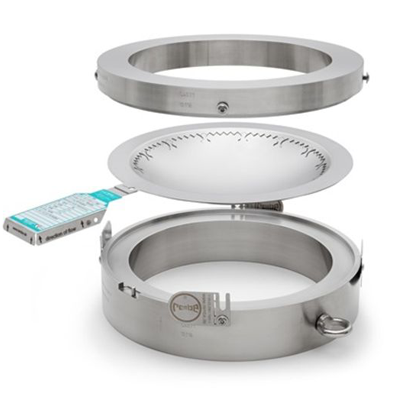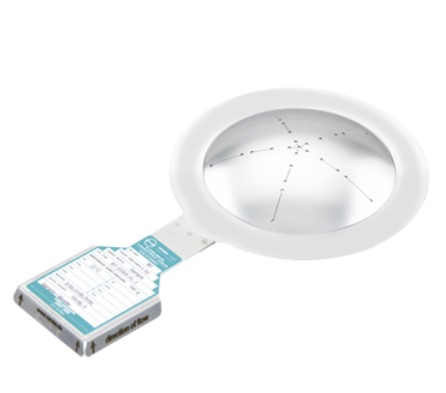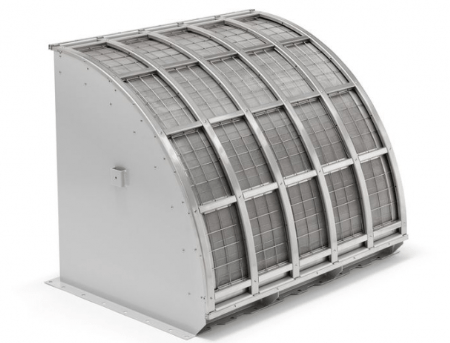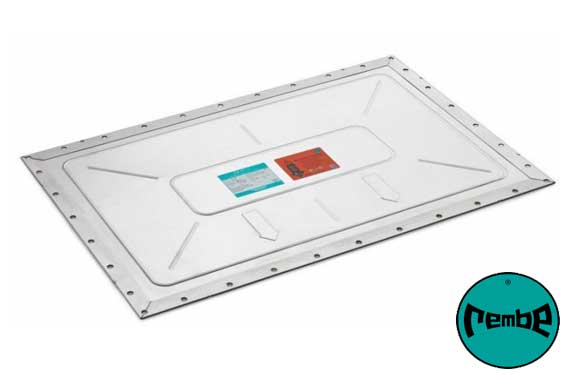Products
With an extensive range of pressure system products to suit safety needs, PMAX has got you covered.
As an Australian agent, importer and stockist, as well as an exclusive sales representative for world leading pressure system product manufacturers, we strive to offer only the best in products and service. Please click on one of the below manufacturers to learn more.

Rupture Discs
To protect a pressure vessel, equipment or systems from over pressurization or potentially damaging vacuum conditions, a rupture disc, also known as a pressure safety disc, burst disc, bursting disc, or burst diaphragm, is a non-reclosing pressure relief safety device.
Explosion Panels
An explosion vent will relieve pressure from the instant its opening pressure has been exceeded. At a predetermined pressure level, the explosion vent panel bursts, creating an opening in the vessel. A rupture panel is a safety device to protect equipment or buildings against excessive internal, explosion-incurred pressures.
Explosion Isolation Valves
A mechanical barrier which prevents the spread of flames and pressure by closing within milliseconds of detection. prevents explosion flame and pressure from propagating through the inlet ducting and into the process area.

Breather Valves
These valves are one type of relief valve, and its main function is to provide sufficient air to the storage tank when the tank is in an out-breathing condition. A Breather Valve could be a safety feature attached to a nozzle opening on top of an atmospheric storage tank with a fixed roof. Its primary purpose is to protect the tank against rupturing or imploding.
Safety Valves
A valve that acts as a fail-safe, a safety valve is designed to immediately release pressure in the event of an emergency or system failure. An example of safety valve is a pressure relief valve, which automatically releases a substance from a pressure vessel, a boiler, or other type of pressured system.
Shutoff Valves
(SDV or emergency shutdown valves) are designed to control the flow of water and other materials with either full on and full off functionality or at a specific flow rate. To safely stop or continue the flow of hazardous fluids or external gases and stop the flow of a hazardous fluid upon the detection of a dangerous event. These valves are utilized in residential, commercial, and institutional applications for handling liquids, gases, and slurry.

Pressure Regulating Valves
Using negative feedback from the controlled pressure, a pressure regulator is a valve that controls the pressure of a fluid to a desired value.
Primary functions are:
- Regulating system pressure in certain parts of the circuit
- Preventing maximum system pressure at a safe level
- A range of pressure-related functions which involve pressure controls
- Can be pressure reducing valves that are mostly compact and inexpensive
Flameless Explosion Vents
These flameless devices allow pressure to escape the vessel and the flames to be extinguished by the flame filter, preventing secondary explosions. The Flameless Explosion venting device opens and directs the vented explosion through the flame arrester, where gases are cooled as they pass through the flame arrester material, preventing flames from being expelled to the surrounding areas.

Spark Detection
A spark extinguishing system can detect and eliminate ignition sources before a fire or dust explosion occurs. A spark detector is a simple device which monitors the infrared light within the field of view of a special sensor which detects light in the infrared range.
Suppression Systems
A fire suppression system that relies on water is the most common type of fire suppression system. These systems can discharge fine water droplets that rapidly evaporate, cooling the fire and displacing oxygen.
The main differences between a fire sprinkler and fire suppression systems are how they extinguish fires and their applications. Fire sprinklers use water to extinguish and control fires, while fire suppression systems use chemicals, clean agents, or gases.
The most common types of suppression systems:
- Water-Based Fire Suppression Systems
- Chemical Foam Suppression Systems
- Pressurized Gas System



